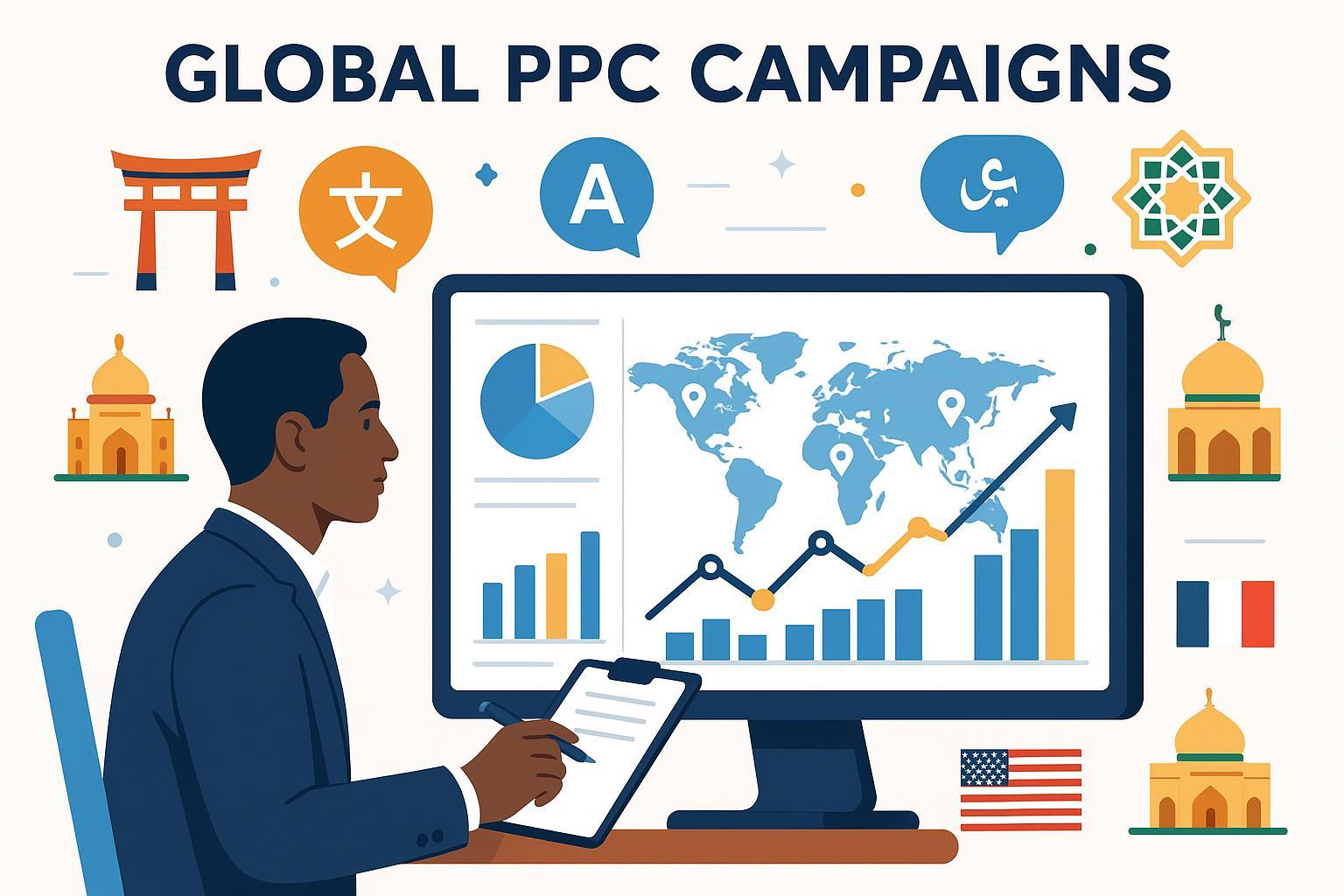Leveraging Cultural Insights for Effective Multilingual PPC Campaigns: Best Practices for 2025

In a global digital economy, success in multilingual PPC is no longer about translation—it’s about true cultural adaptation. Recent studies show that localized PPC ads deliver up to 30% higher CTR and up to 50% better conversion rates compared with generic, translated campaigns. Yet, many marketing teams continue to miss out on this ROI by relying on word-for-word translation or neglecting region-specific nuances.
This guide distills the latest research, industry benchmarks, and proven frameworks into seven essential best practices, empowering advanced PPC professionals and global marketing strategists to maximize results and avoid costly cultural missteps in 2025 and beyond.
1. Prioritize Culturally Intelligent Copywriting Over Direct Translation
Direct translation is a rookie mistake. Culturally resonant ads require collaboration with native-speaking copywriters who deeply understand local norms and emotional triggers.¹
How to implement:
- Hire in-market copywriters or agencies with deep regional expertise.
- Equip your team with cultural research tools or training (e.g., Hofstede Insights) to understand values, humor, formality, and taboos.
- Test messaging variants with local focus groups or A/B campaigns.
Impact example: A UK retail brand’s Spanish and French campaigns saw a 40% sales increase in six months after shifting to entirely native creative and keyword sets.
2. Use Deep, Localized Keyword Research
A high-performing keyword in one language or market could carry a different intent—or none at all—in another.²
How to implement:
- Use local keyword planners (Google Ads, Baidu, Yandex, Naver) for each target region/language.
- Analyze search volumes and intent—not just literal translation.
- Cross-reference with native linguists to validate cultural connotations.
Data point: Localized keyword research has been shown to boost PPC campaign relevance scores by over 25%.See source
3. Adapt Creative Assets for Cultural Fit
Colors, imagery, humor, and even call-to-action wording can carry radically different meanings across cultures.
How to implement:
- Map creative elements against frameworks like Hofstede’s Cultural Dimensions or Edward T. Hall’s Context Model.
- Review legal and social compliance standards for each market (consider regulation on imagery, slogans, or humor).
- Conduct image and video QA with native market panels before launch.
Case reference: A Europe-based travel agency increased conversion rates by 35% and reduced CPCs by retooling creative for Italian and German sentiments, using localized imagery and humor.
4. Structure and Segment Campaigns by Language & Region
Segmentation enables precise tracking, optimization, and rapid response to cultural signals in performance data.³
How to implement:
- Build separate campaigns and ad groups for each language-region pair.
- Apply segmented analytics for conversions, engagement, and spend.
- Allocate budget dynamically based on granular ROI signals.
ROI insight: Brands that segment by region/language reliably achieve 15%+ lower CPA and clearer optimization paths.
5. Test Creatives with In-Market Native Audiences
Cultural misfires often go undetected until a campaign flops. Prevent expensive errors using localized A/B or panel testing.
How to implement:
- Use tools like AdEspresso or Adzooma for creative split testing by region/language.
- Gather qualitative feedback from local panels or micro-influencer groups.
- Iterate rapidly, focusing on statistical significance in performance data.
Best-in-class workflow: Brands employing native creative QA reduced failed campaign launches by 30%, safeguarding budgets.
6. Invest in Advanced Platform Tools and Automation
Multilingual PPC at scale is impossible to manage manually. The right tech stack ensures systematic localization, tracking, and optimization across markets.
Recommended tools comparison:
| Tool | Strengths | Best For |
|---|---|---|
| AdEspresso | Visual analytics, easy creative split tests | SMBs, agencies, multi-language testing |
| Adzooma | Automation, cross-channel workflow | Agencies, enterprise, multi-market management |
| Marin Software (MarinOne) | Cross-platform, budget optimization | Large brands, multi-network global operations |
| Google/Baidu/Yandex Ads | Native-level targeting/analytics | Regional expansion, language granularity |
- See comprehensive tool guides: SEMrush PPC Tool Overview // Seeders Multilingual PPC Expert Guide
Operational benefit: Automated tracking and optimization can increase ROI by freeing teams for high-level cultural strategy.
7. Monitor, Analyze, and Continuously Optimize By Cultural Segment
True localization is not a one-time process—continual market feedback loops are vital.
How to implement:
- Set up dashboards for language/region performance (Google Data Studio or in-platform reporting).
- Review CTR, CVR, CPA, and engagement metrics by both culture and language.
- Regularly consult in-market experts on shifting trends and campaign sentiment.
Case snapshot: A SaaS startup’s APAC campaigns—tracked and optimized by market—achieved a 50% increase in qualified leads after cultural fine-tuning.
Conclusion & Next Steps
Investing in cultural intelligence, not just translation, is the single most effective way to boost multilingual PPC success in 2025. The combination of regionalized copy, visual adaptation, advanced toolsets, and ongoing optimization yields powerful, measurable uplifts: higher CTR, lower CPA, and stronger brand resonance.
Immediate action plan:
- Audit current multilingual campaigns for cultural gaps.
- Engage native partners in content creation.
- Upgrade your PPC tech stack for automated local insights.
- Set KPIs and iterate creative/testing by market.
For further frameworks and live operational checklists, explore these advanced guides: Symphonic Digital’s Multilingual PPC Best Practices | Seeders Multilingual PPC Expert Guide
Don’t just translate—localize, analyze, and scale smarter. Your global PPC ROI depends on it.
References

